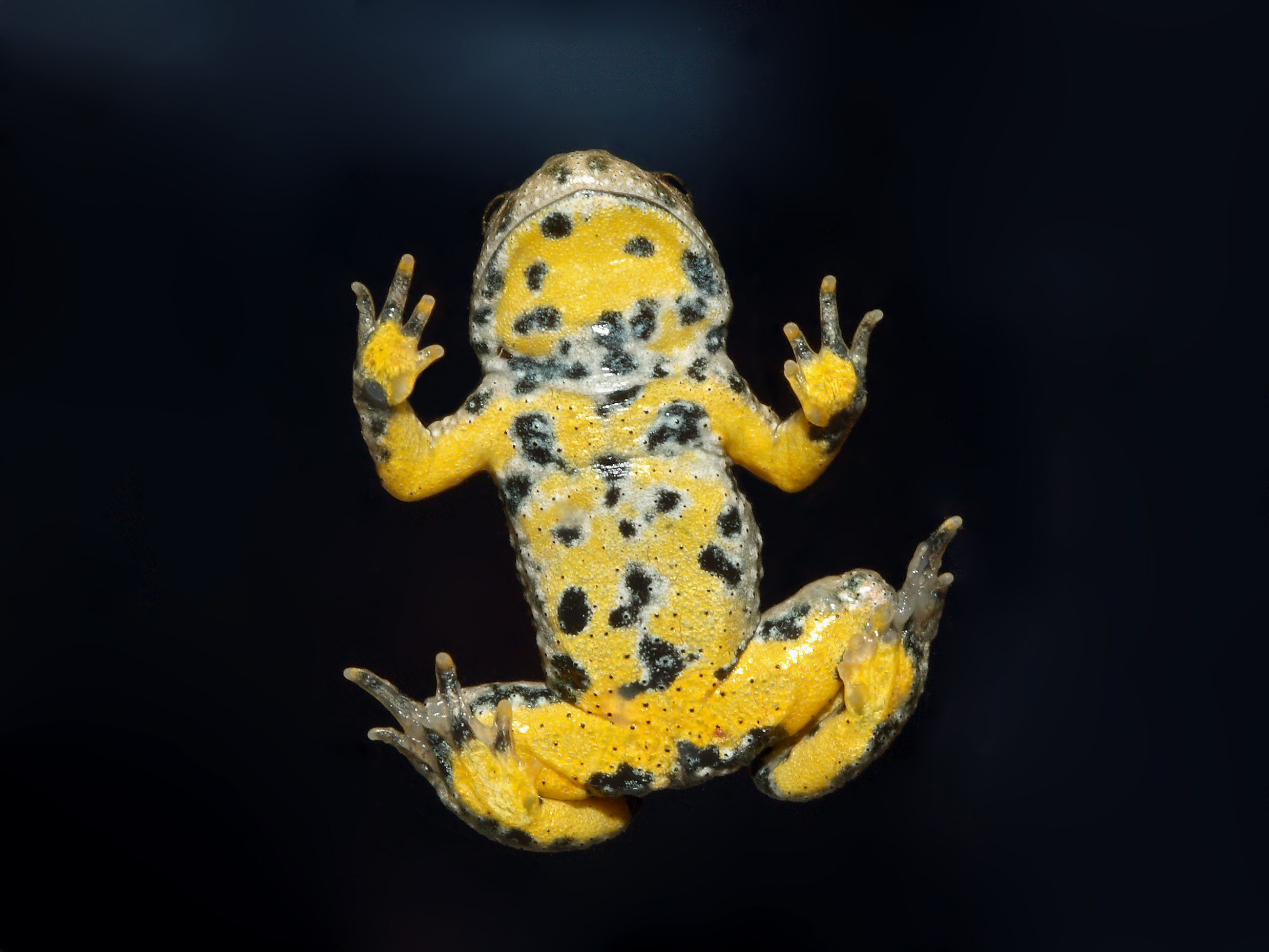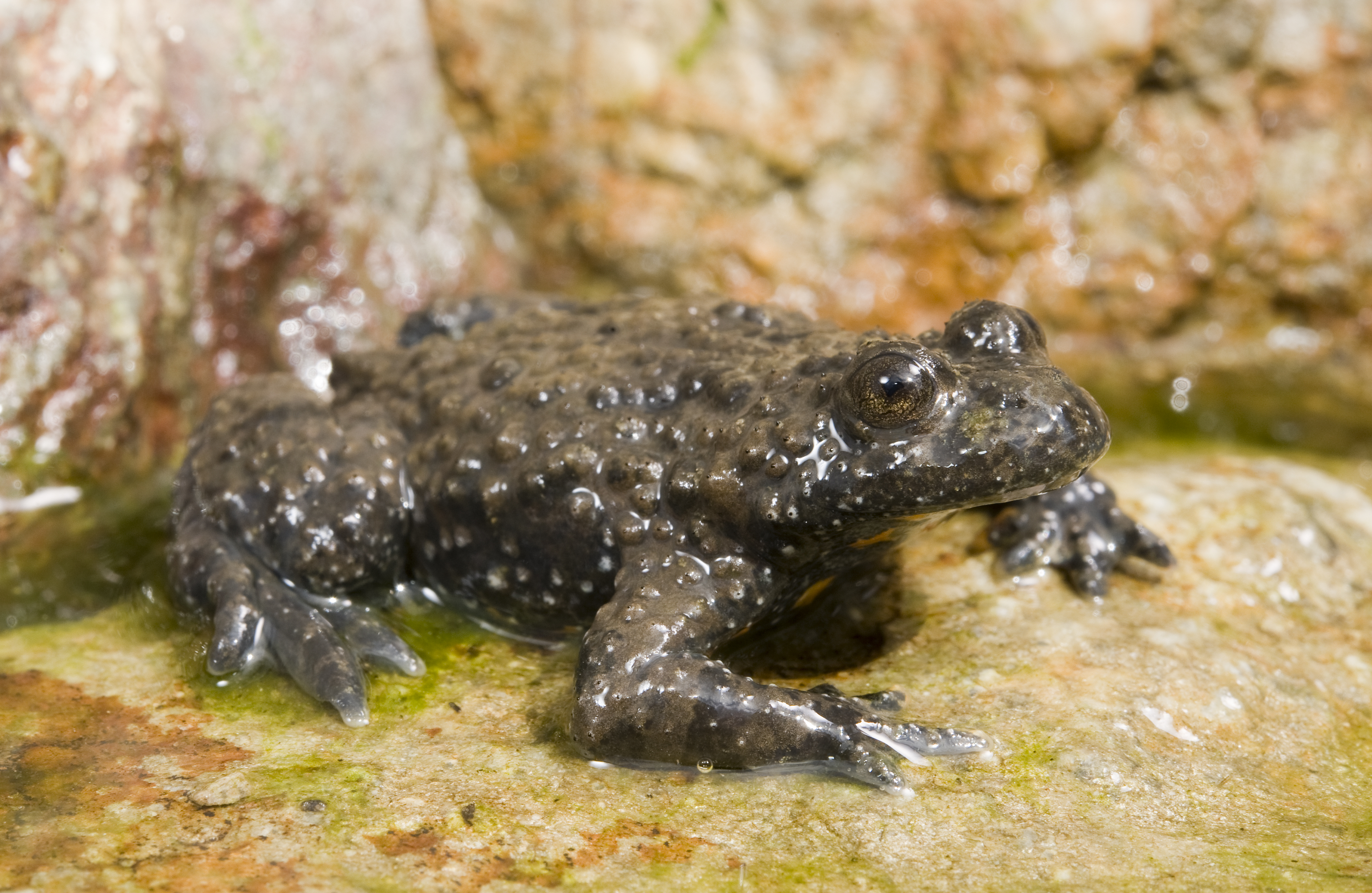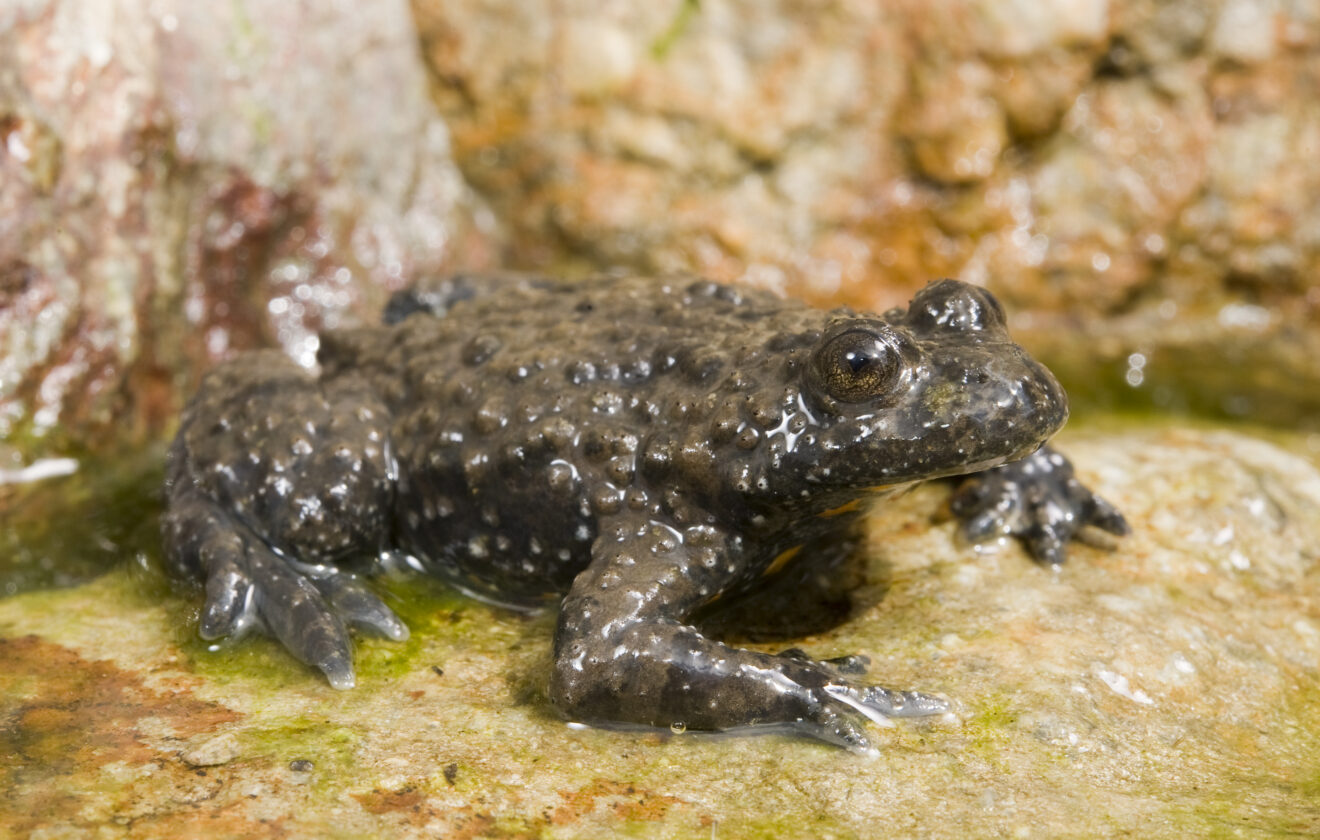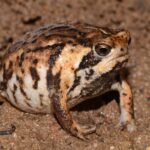- Bombina variegata: Unveiling the Secret Life of the Yellow-Bellied Toad
- Taxonomy and Classification
- The Natural Habitat of Bombina variegata
- Physical Characteristics: Beauty in Camouflage
- The Intriguing Life Cycle and Behavior
- The Ecological Role of the Yellow-Bellied Toad
- Threats and Conservation Status
- Cultural and Scientific Significance
- Conclusion: Protecting Our Amphibious Treasures
Bombina variegata: Unveiling the Secret Life of the Yellow-Bellied Toad#
Hidden among lush vegetation, nestled in shallow freshwater pools, or dawn serenading the countryside with gentle chirrups—frogs have long enchanted humans across the globe. Among these quiet, compelling amphibians, one charming character stands out: Bombina variegata, otherwise known as the Yellow-Bellied Toad. This fascinating species, clothed in an unusual combination of humble camouflage and vibrant colorations, holds secrets that make it a delight to naturalists and conservationists alike.
From its enigmatic appearance to its unique adaptations, the Yellow-Bellied Toad draws attention beyond simple curiosity—it reflects the health of its habitat. Known to scientists by its Latin name Bombina variegata, this species belongs to the Bombinatoridae family, a collective of frogs notable for their intriguing aposematic coloration—warning colors that signal their mildly toxic defenses. Yet despite its ability to deter predators, the Yellow-Bellied Toad faces numerous ecological threats that increasingly alarm the conservation community.
Join me as we venture together into the intimate world of this small but vibrant amphibian, exploring its habitat, life history, and its fascinating relationship with humanity and nature at large.
Taxonomy and Classification#
The Yellow-Bellied Toad was first scientifically described in 1758 by Carl Linnaeus, designated under the scientific name Bombina variegata. It belongs to the genus Bombina within the family Bombinatoridae. Amphibians in this family are commonly called fire-bellied toads due to their remarkable brightly colored bellies which they proudly display in defense.
Related Species and Their Relationships#
The genus Bombina contains eight known species, among which the Yellow-Bellied Toad (Bombina variegata) is closely allied with the European fire-bellied toad (Bombina bombina). Although they share many similarities, visible distinctions and slight ecological preferences differentiate these close relatives. While Bombina bombina thrives in lower altitudes and standing water bodies, Bombina variegata typically favors shallow streams, temporary pools, and slightly higher altitudes, a fascinating showcase of ecological niche differentiation.
The Natural Habitat of Bombina variegata#
Whispers of trickling waters, sunlight filtering through leafy canopies, and the earthy fragrance of damp soil—the Yellow-Bellied Toad favors habitats that are consistently moist and rich in biodiversity. Historically prevalent throughout Central and Western Europe, its range spans countries such as France, Germany, Italy, Switzerland, Czech Republic, Austria, and extends eastward into Ukraine, showing a distinct preference for mountainous, hilly terrains and foothills.
Habitat Preferences and Adaptations#
The ideal habitat for this species includes shallow puddles, temporary pools, muddy ruts, forest streams, and ditches—often habitats that fluctuate seasonally or after rainfall. This penchant for temporary waters is a clever ecological adaptation; predator populations are lower in such transient habitats compared to permanent bodies of water, providing these amphibians a safeguard against predation. Nevertheless, dependence on ephemeral habitats comes with the peril of drying conditions—an obstacle that the Yellow-Bellied Toad navigates remarkably by burrowing into damp earth or finding shaded niches to conserve moisture, a behavior essential to its survival in drier periods.
Interestingly, this species demonstrates particular resilience in disturbed habitats, occasionally colonizing human-modified landscapes such as flooded tire tracks or artificial water bodies dug by forestry activities. Despite adaptive traits, the conservation of stable populations largely depends upon the continued existence of natural wetland habitats, maintaining a delicate balance between human progress and amphibian welfare.
Physical Characteristics: Beauty in Camouflage#
Merging effortlessly into its chosen habitat, the Yellow-Bellied Toad isn’t immediately conspicuous. It presents a muted dorsal side detailed in hues of grey, brown, or olive green—the colors of earth and stone that blend seamlessly with fallen leaves and muddy substrates. However, beneath this humble exterior lies a remarkable secret.
When threatened, Bombina variegata employs “unken reflex,” a captivating defensive posture. The toad arches its spine, raising limbs to reveal its vibrant belly: rich yellow or orange splashed with striking contrasting black or grey patterns. This burst of color acts as natural advertising, warning predators of toxic secretions produced by skin glands—mild irritants capable of deterring curious mouths.
Size and Morphology#
Reaching a modest size between 3.5 and 5 centimeters, adult Yellow-Bellied Toads possess stout, flattened bodies suited perfectly for their environment. Their skin displays the characteristic wart-like bumps typical of many toad species, although less pronounced than in other species. Additionally, their horizontal pupils offer notable visual acuity, reflecting their predominantly diurnal lifestyle. Their compact forelimbs and disproportionately longer hind limbs grant them agile movements, critical for maneuvering swiftly through dense vegetation and uneven terrain.
The Intriguing Life Cycle and Behavior#
As winter loosens its chilly grip, spring ushers in a thriving chorus—male Yellow-Bellied Toads vocalize serenely, their harmonious whistles and chirps resonating through the twilight, enticing potential mates. These frogs breed primarily from late spring through to midsummer, timing their reproductive cycles meticulously with seasonal rains that seal their pools temporarily from the threats of intense predation.
Reproduction and Parental Care#
Mating occurs within shallow water bodies, where males clasp onto females during the amplexus position. Females lay clusters of small eggs—typically anywhere from 50 to 200—anchored to submerged vegetation or floating within water columns. These eggs develop rapidly, transforming into free-swimming tadpoles within mere days, eager to pursue the bounty of algae and microscopic aquatic vegetation, fueling their swift growth.
The tadpoles of Bombina variegata sport streamlined bodies with broad, paddle-like tails allowing rapid and agile swimming—essential in ephemeral water bodies prone to drying. Metamorphosis occurs within four to six weeks, a rapid developmental speed necessitated by their choice of transient habitats; if the waters dry prematurely, tadpoles unfortunately face high mortality.
Dietary Preferences and Feeding Behavior#
The Yellow-Bellied Toad is primarily an insectivore, consuming a wide range of prey such as beetles, ants, spiders, small crustaceans, and a multitude of invertebrates inhabiting its damp environment. Adults rely upon swift lunges at passing insects, guided expertly by their excellent eyesight and precise aim, hunting actively during the day and occasionally at dusk.
The Ecological Role of the Yellow-Bellied Toad#
Amphibians, including Bombina variegata, are invaluable indicator species, vulnerable to even slight ecological disturbances. Their permeable skin and reliance on both terrestrial and aquatic environments make amphibians exceptional bioindicators of environmental health—illuminating underlying ecological issues such as pollution, habitat loss, and climate change long before other species are noticeably impacted.
These small toads play key ecological roles, regulating insect populations and supporting the broader food web as prey species for birds, mammals, and larger amphibians, thus maintaining equilibrium within their ecosystems.
Threats and Conservation Status#
Regrettably, all is not well for the Yellow-Bellied Toad. Although currently listed as “Least Concern” by the International Union for Conservation of Nature (IUCN), populations have declined remarkably, primarily due to habitat destruction, pollution, agricultural runoff, and intensifying climate change droughts.
Moreover, emerging infectious diseases such as chytridiomycosis pose alarming threats, potentially devastating local populations rapidly. Conservation efforts involve habitat management, creating artificial ponds to support breeds, reducing pesticide use in agriculture, and ongoing disease surveillance to protect these expressive frogs from vanishing quietly into extinction.
Cultural and Scientific Significance#
Across Europe, frogs like Bombina variegata have held historical symbolism. Traditionally associated with fertility, water vitality, renewal, and transformation, they embody nature’s cycles of regeneration. Scientifically, this toad has become a subject of robust research examining coastal aposematism, behavioral ecology, and toxicity evolution, significantly contributing to the understanding of amphibian defense mechanisms and habitat adaptation.
Conclusion: Protecting Our Amphibious Treasures#
Bombina variegata reminds us powerfully of nature’s intricate connectedness and vulnerability. By understanding and nurturing species such as the Yellow-Bellied Toad, we protect not just an amphibian but a dynamic ecosystem that sustains countless other forms of life, including ourselves.
Let their vibrant presence inspire us toward ecological stewardship—engage, educate, and join conservation efforts. After all, safeguarding these remarkable frogs is synonymous with safeguarding our shared and fascinating planet.















